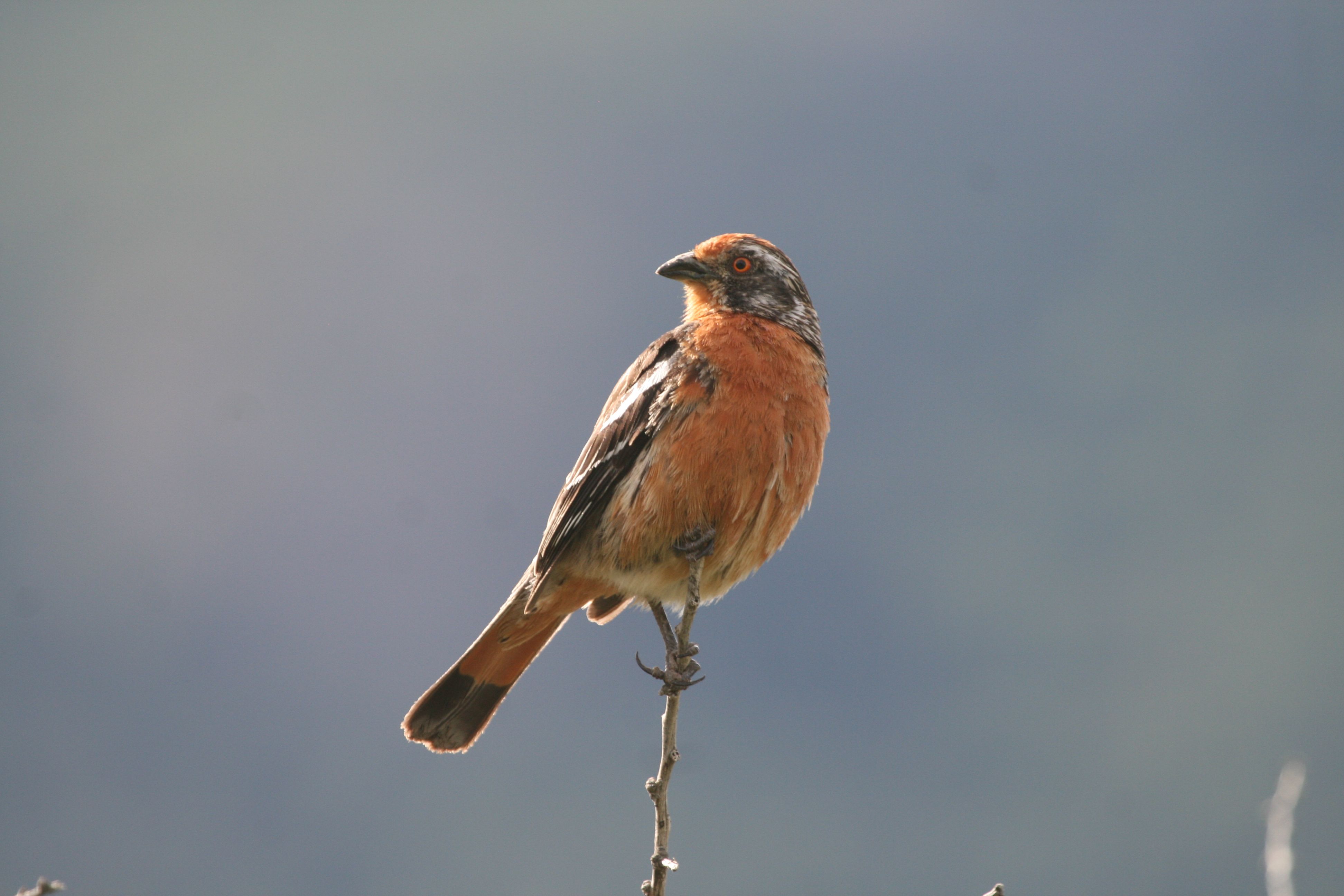
Phytotoma rara
TAXONOMY
Phytotoma rara Molina, 1782.
OTHER COMMON NAMES
English: Chilean plantcutter; French: Rara а queue rousse;
German: Rotschwanz-Pflanzenmдher; Spanish: Cortaplantas
Chileno.
PHYSICAL CHARACTERISTICS
Considerable sexual dichromatism; the gaudy male outshines
the more muted female. Weight about 1.5 oz (48 g), body
length about 7 in (17 cm). The male shows reddish on the
crown, throat, breast, and underparts. The back of the neck and
dorsal plumage are dark olive green, with darker stripes. The
blackish wings bear a distinctive white stripe. The tail is mainly
blackish, with a red stripe down its middle. The female tends to
muted browns, shading to grayish. The breast and abdomen are
whitish with dark, longitudinal streaks in the breast and flanks.
The wings are blackish like the male’s, but lack the white stripe.
The eyes are a vivid, emphatic red in both sexes.
DISTRIBUTION
Chile and Argentina, from Vallenar in the north to Chiloe in
the south, and into Chilean and Argentinean Patagonia.
HABITAT
Forest, scrublands,
and farmland from
sea level to 6,000 ft
(2,000 m) above sea
level.
BEHAVIOR
Little has been
recorded of the
bird’s daily activities,
aside from what is
described in the
feeding ecology.
FEEDING
ECOLOGY AND
DIET
The species often
lives near farms because of its special fondness for young cereal
leaves, although leaves of native plants will also be eaten. During
the austral summer, the bird adds fruit and insects to the
leaf diet.
REPRODUCTIVE BIOLOGY
The species prefers to nest in the forks of tree branches, but
will nest in higher shrubs. The nest is made with root fibers
and large twigs on the outside and smaller twigs inside. Brooding
takes place in the austral summer. Egg-laying begins in
October and produces two to four eggs of a clear bluish green
color with some blackish spots.
CONSERVATION STATUS
Not threatened, although uncommon.
SIGNIFICANCE TO HUMANS
The rufous-tailed plantcutter can be a nuisance to farmers because
of its fondness for cereal leaves.
Photo Gallery of - Rufous-tailed plantcutter
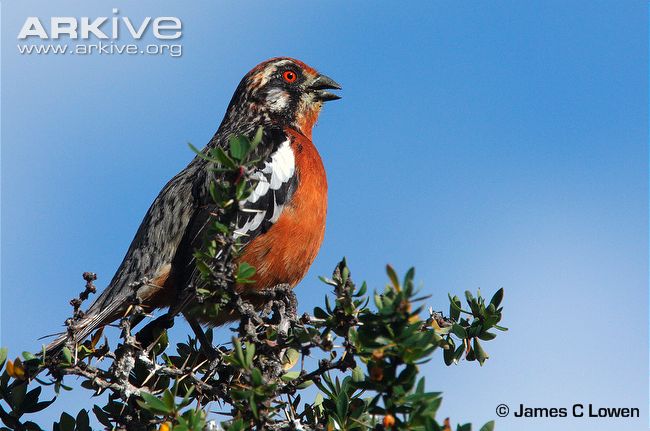
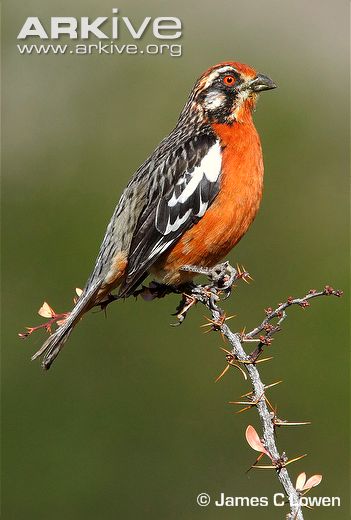
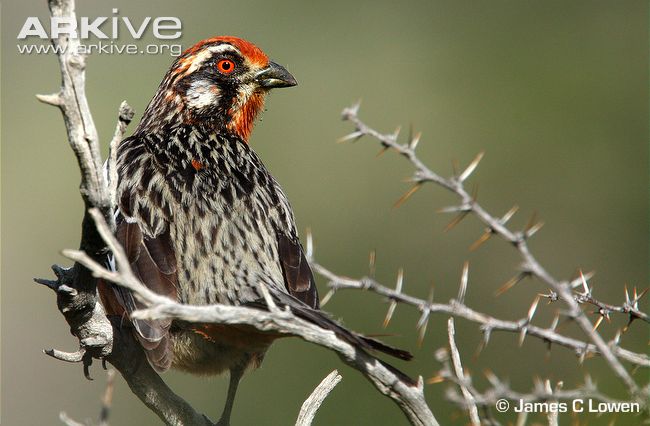
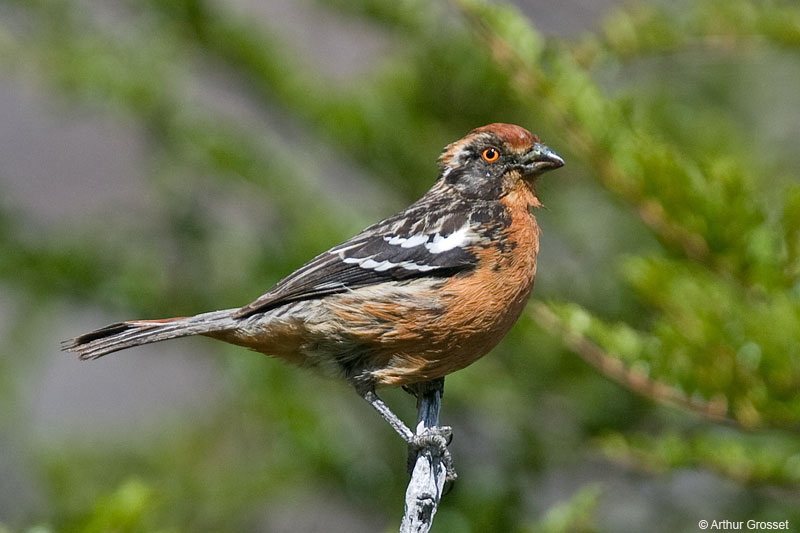
 Animalia Life
Animalia Life